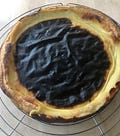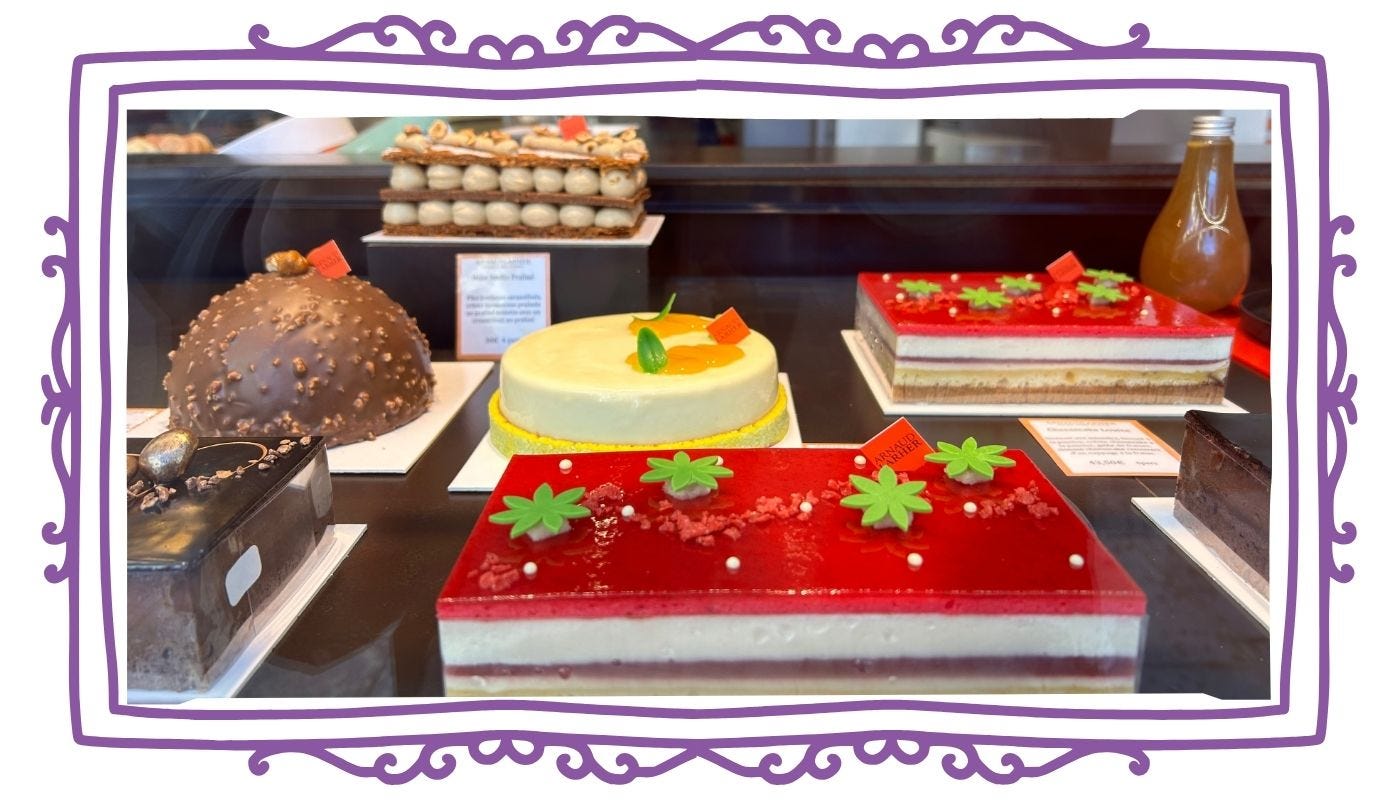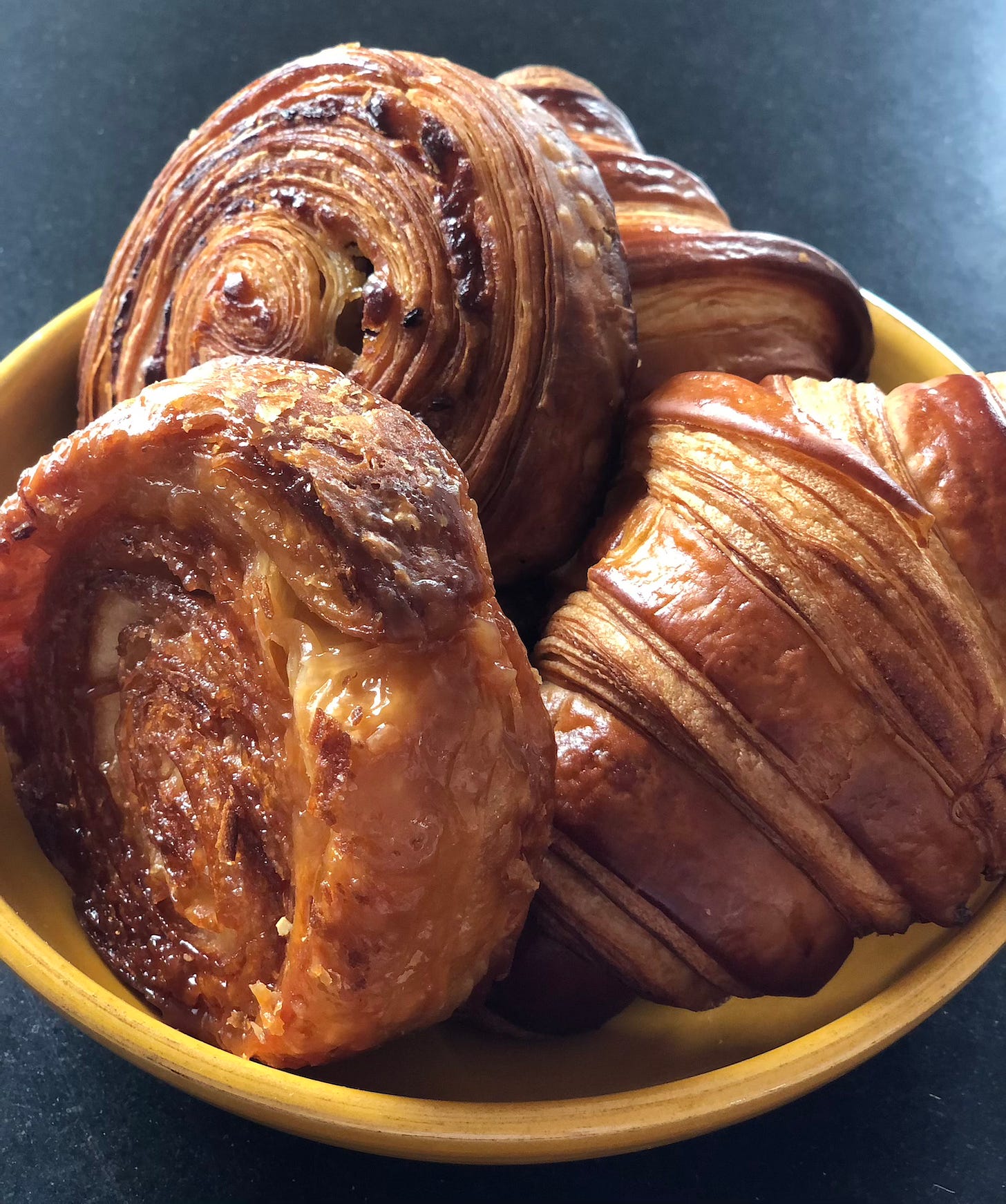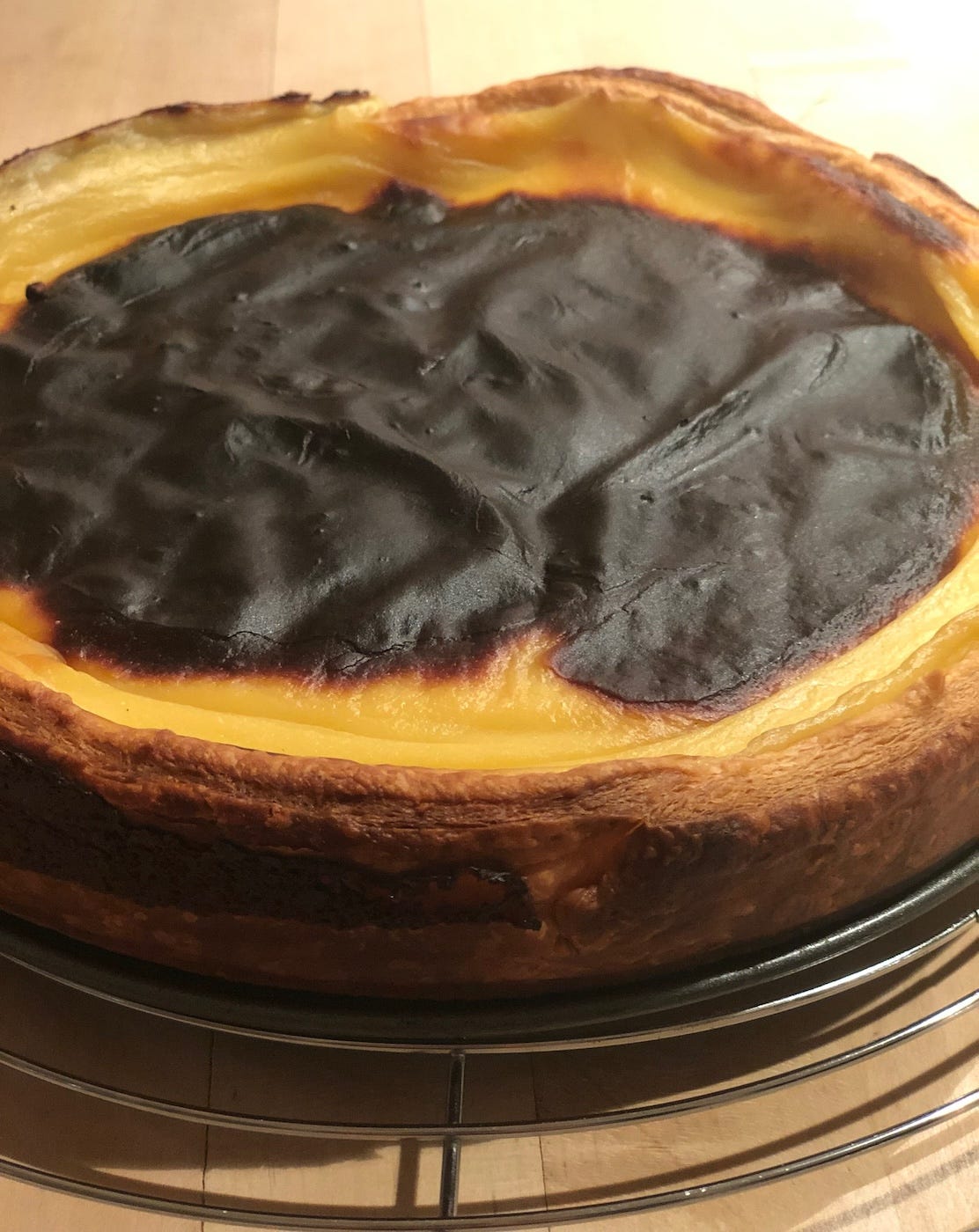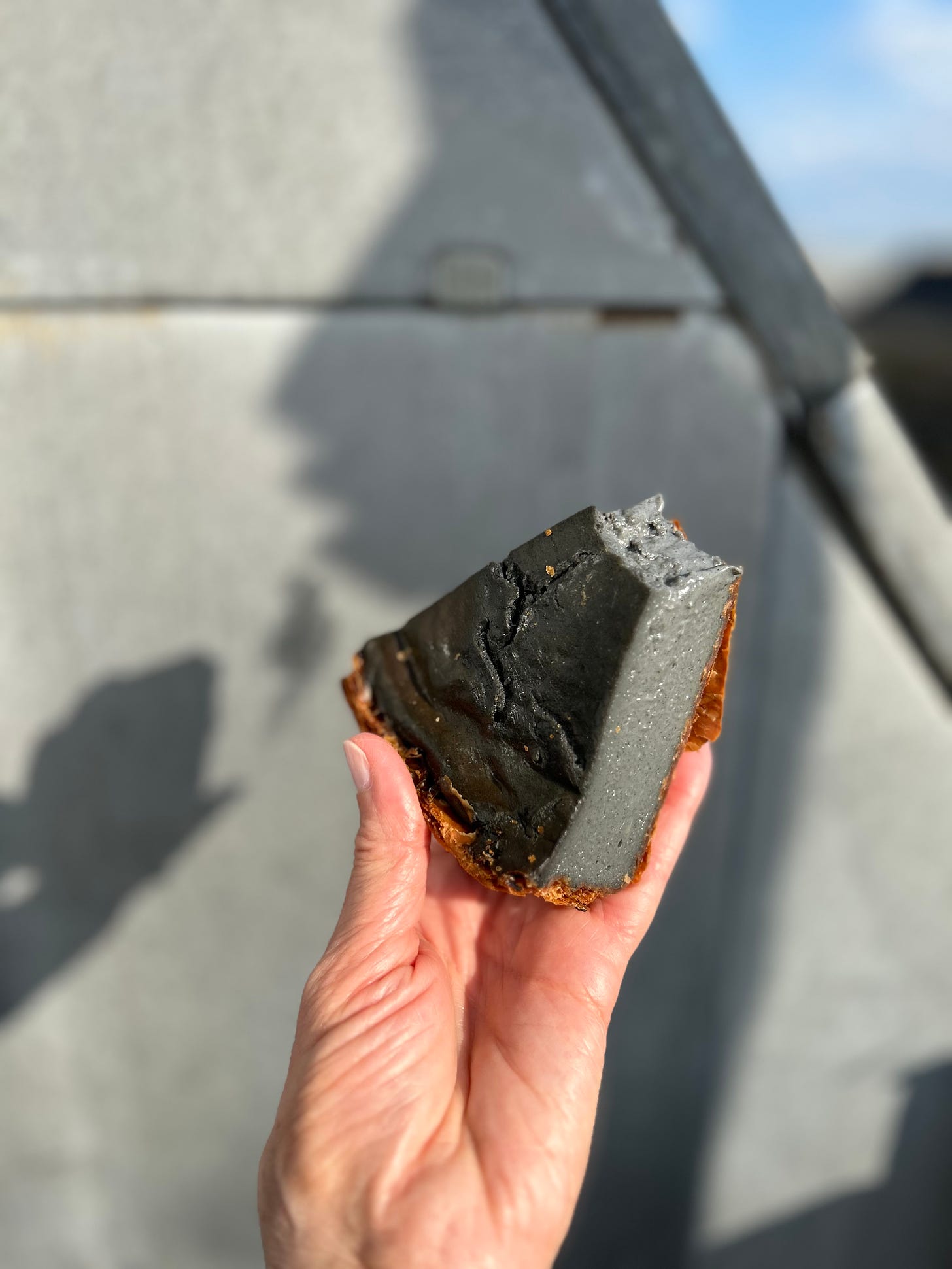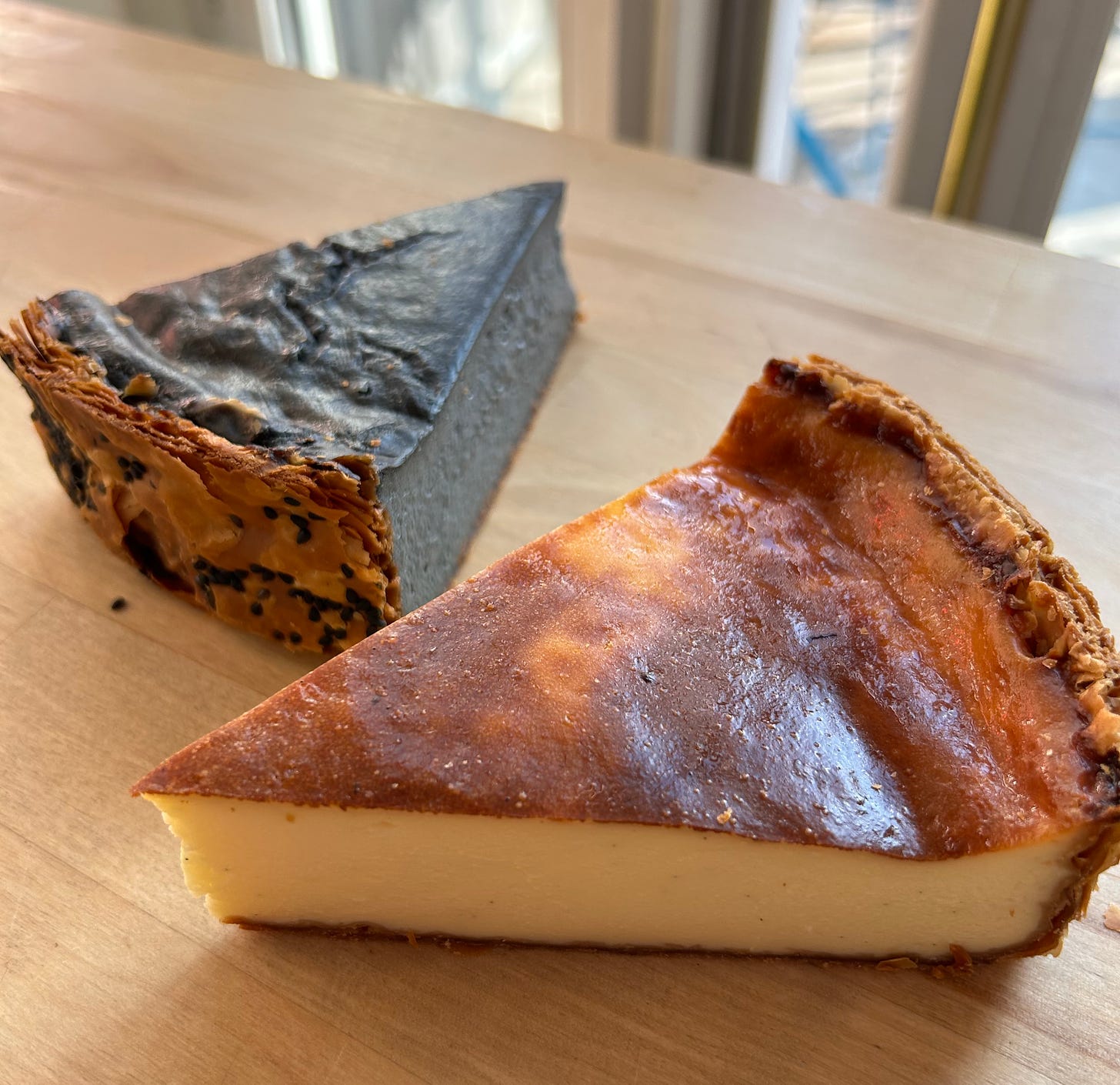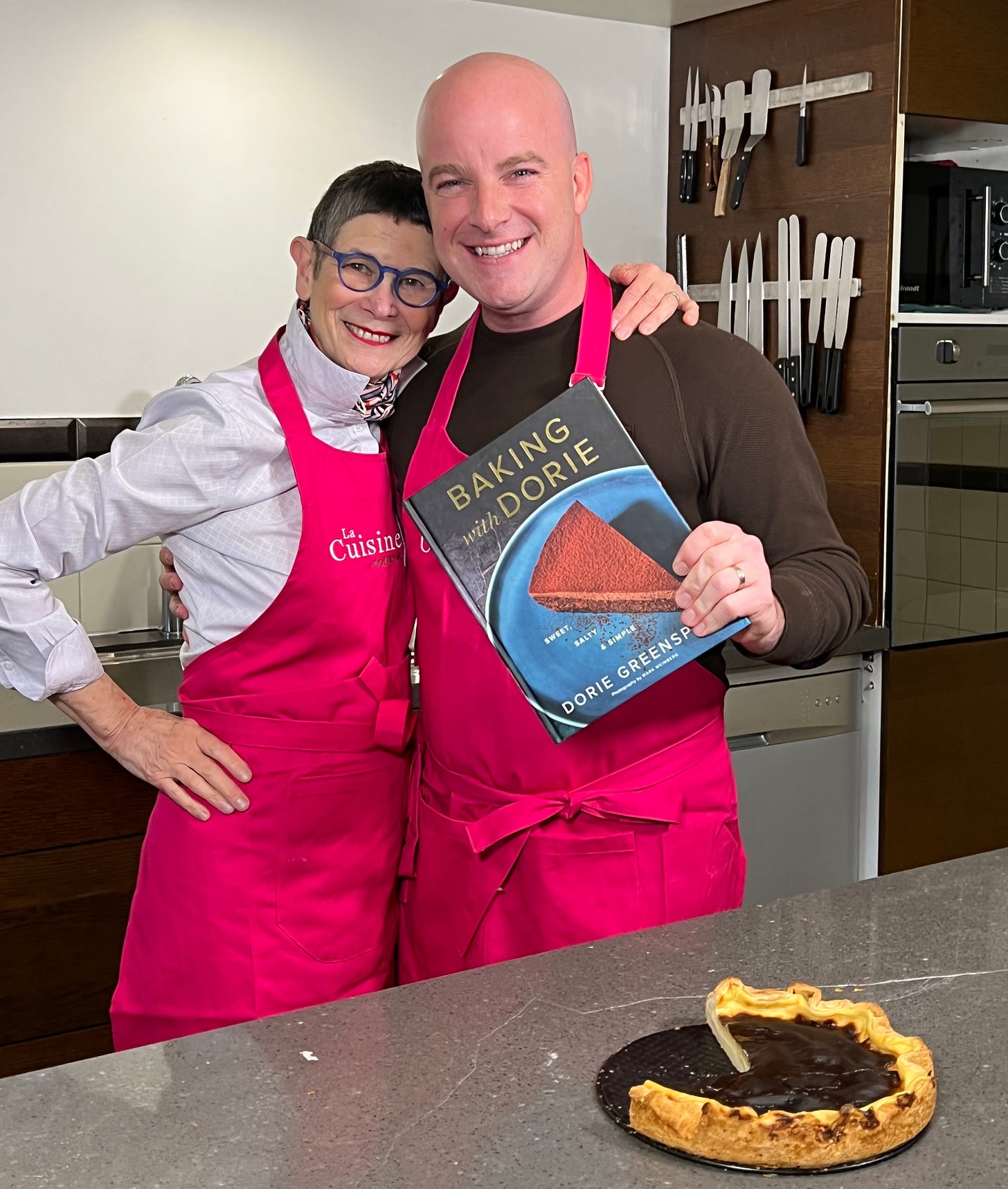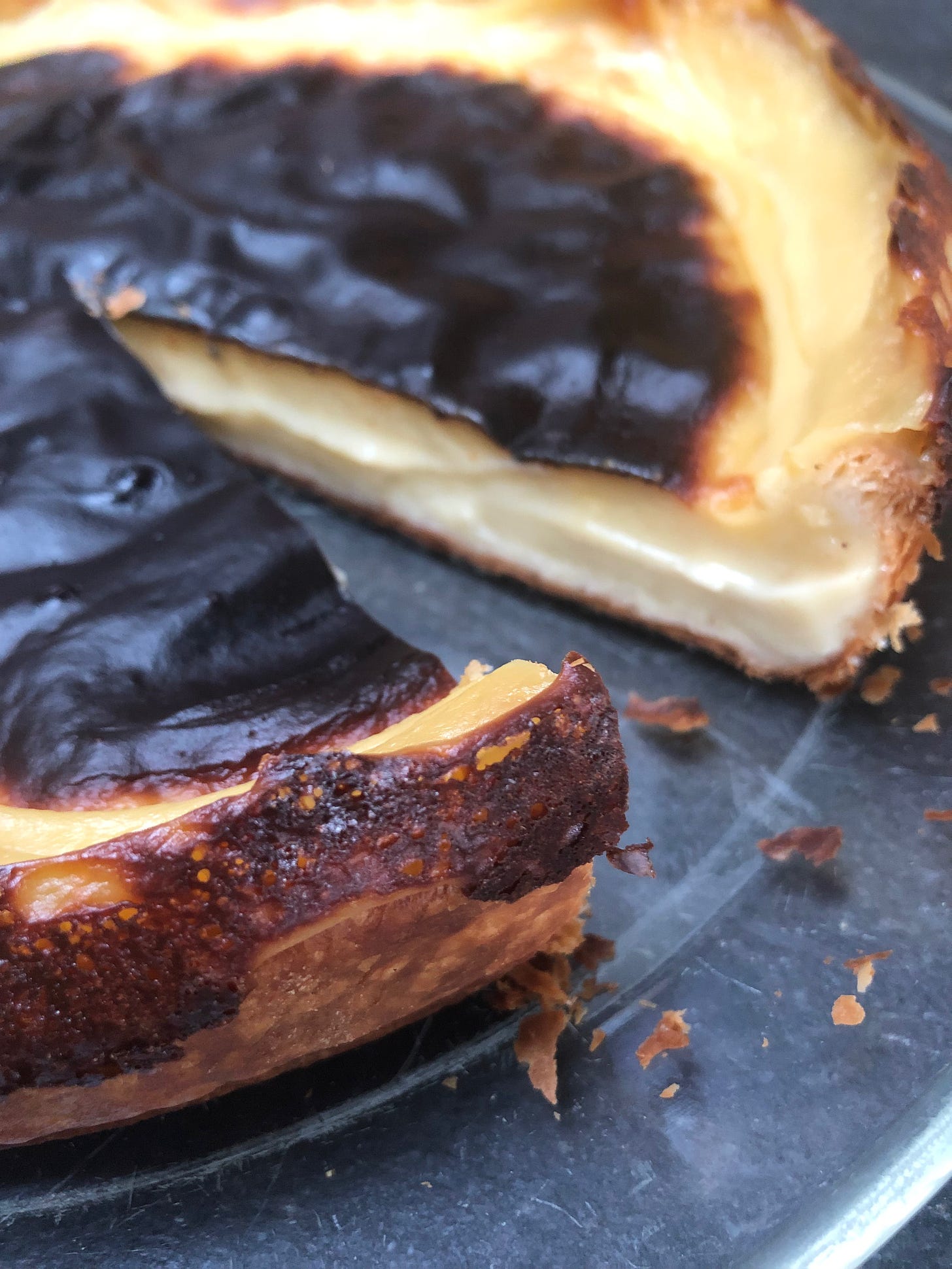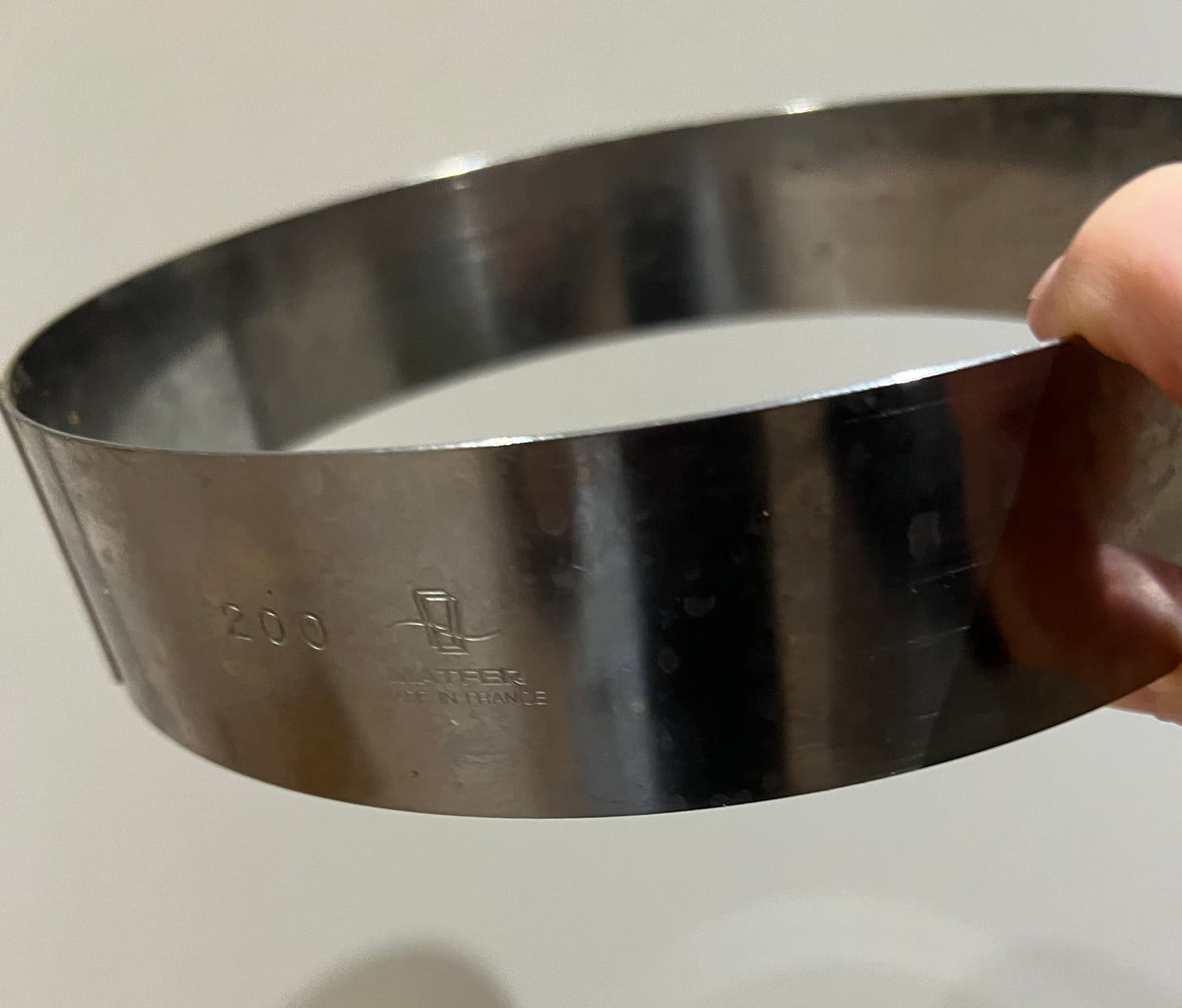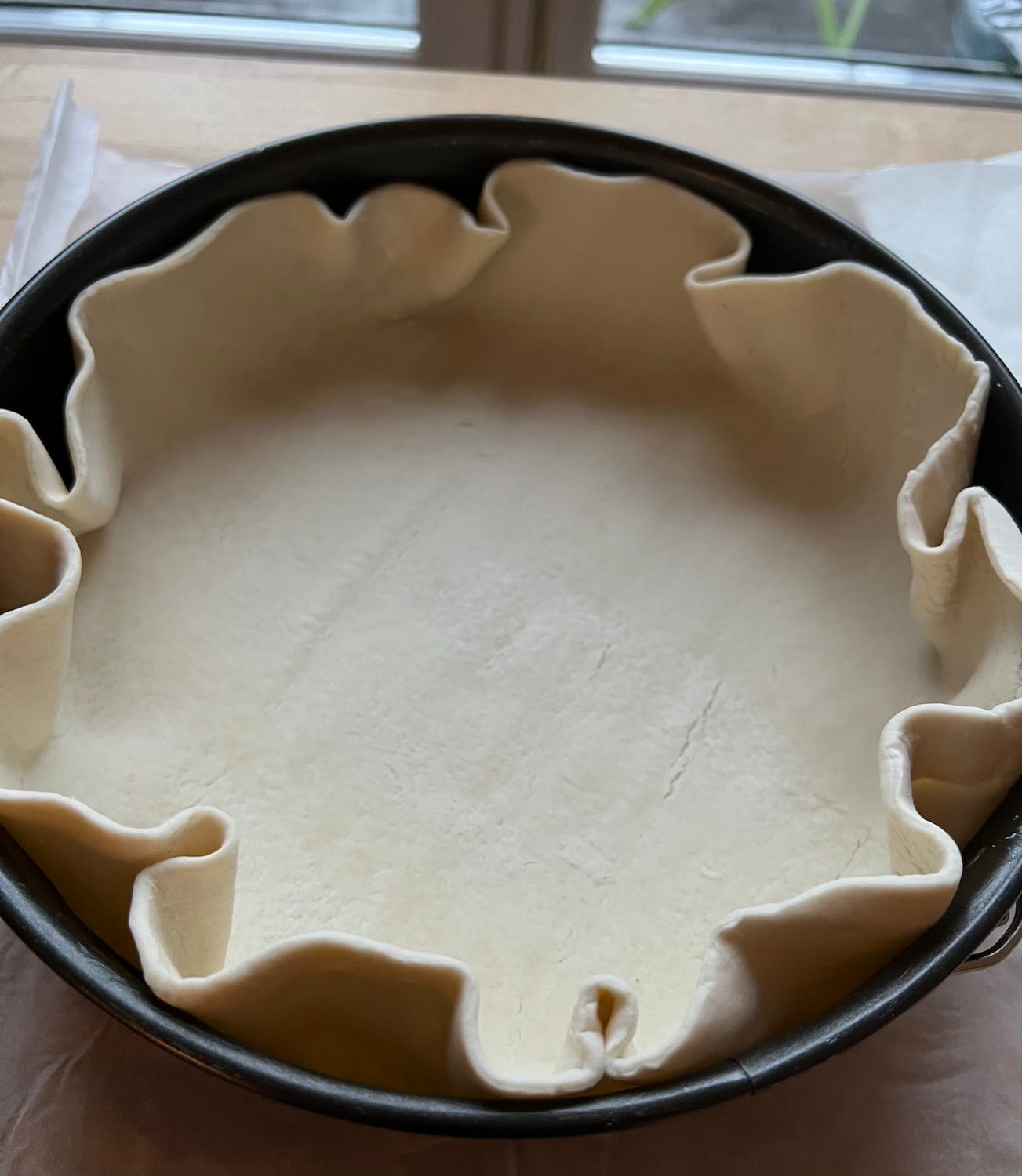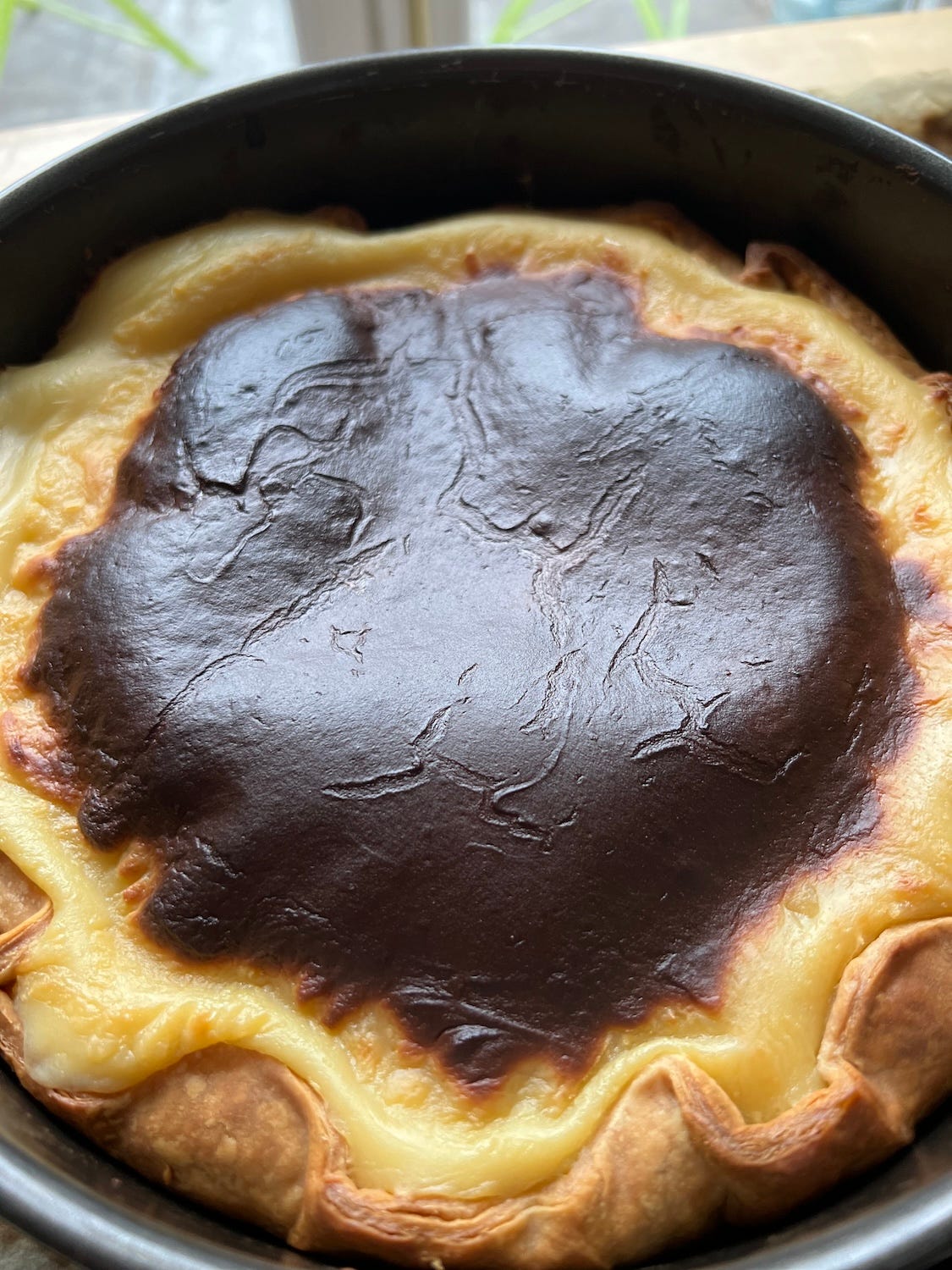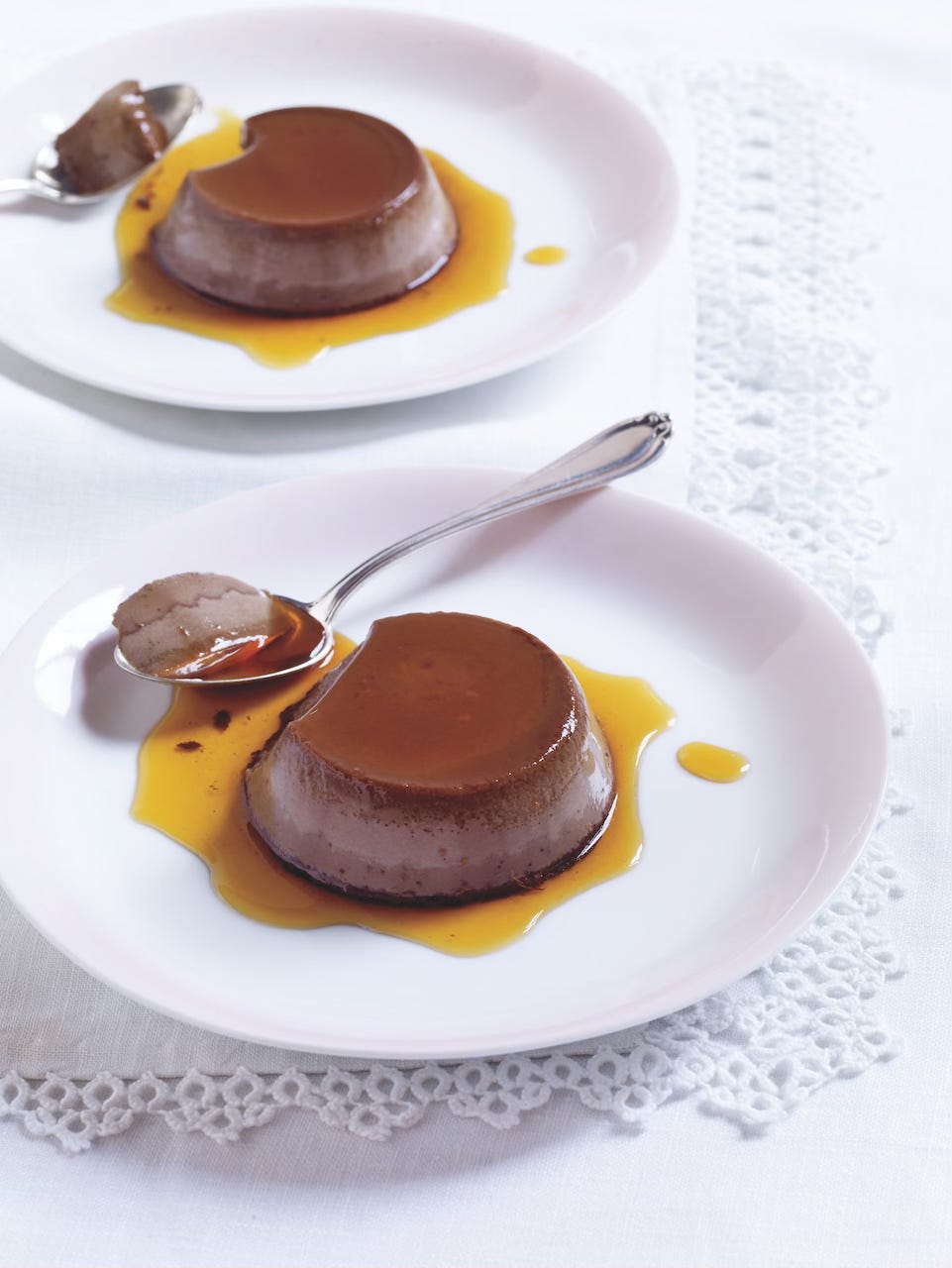Calling all flan fans for this Parisian-style recipe
Flan-spotting in Paris has been fun — baking it at home is fun, too. Plus, a bonus recipe: a chocolate version of a beloved flan-family classic.
Bonjour! Bonjour!
The other day, as we were walking toward our neighborhood café, Michael said, seemingly out of the astonishingly blue sky, “I smile more when I’m in Paris!” Yep, I do, too. Michael thinks it’s because the city is so vibrant, that there’s something to catch your eye and to tickle the corners of your mouth into a smile everywhere you go. I’d add that the pastry might something to do with it, too.
Paris is a city of sweets! It’s impossible to walk more than a block or two without coming upon a patisserie. Of course, some are better than others, but they all seem to have something pretty enough in the window to make me stop and smile.
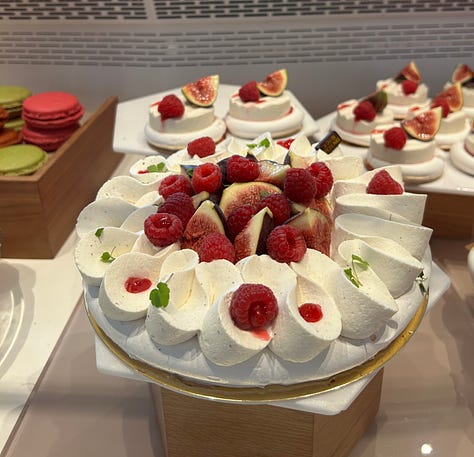
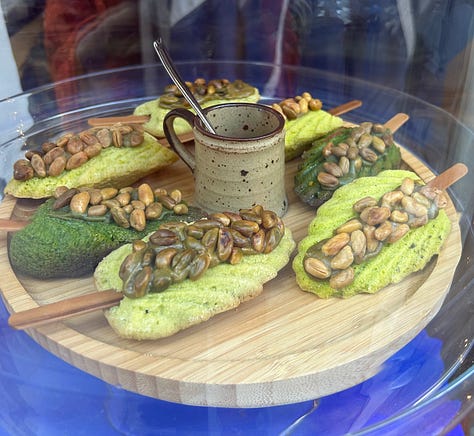
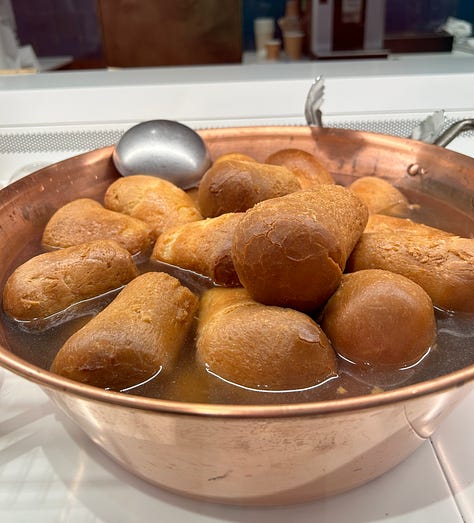
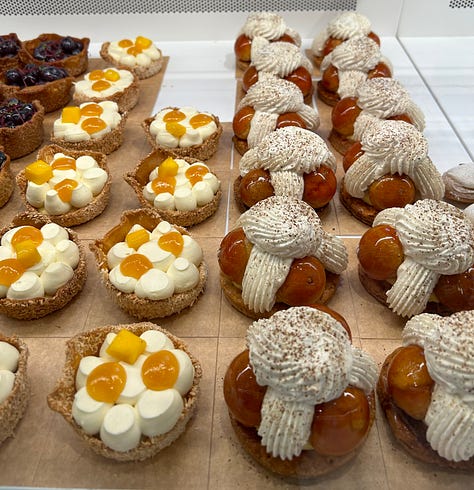
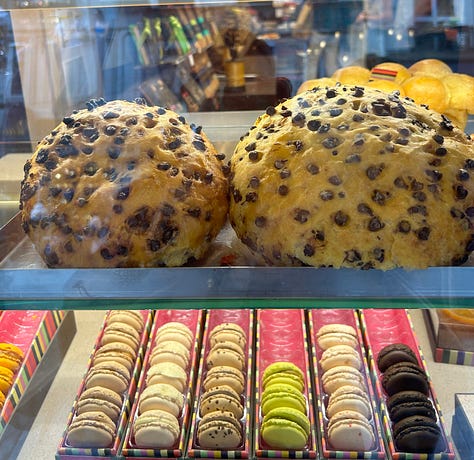
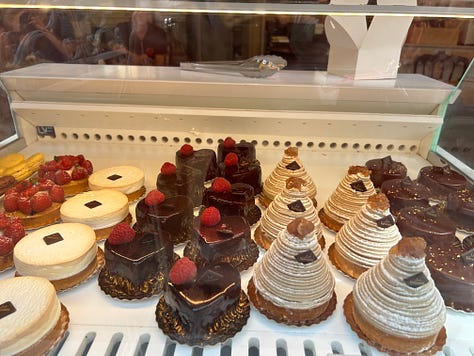
And it’s not always the fancy ones what make me want to press my nose against the window. Sometimes it’s the really simple ones. Sometimes it’s viennoiserie — those pastries, usually morning treats, that you can find at both a patisserie and a boulangerie (a bread bakery).
These past couple of weeks, it’s flan that’s been turning up in shops and spinning around in my brain. It’s such an interesting sweet because it’s both iconic and unassuming. Vintage and open to new readings. And claimed as a child of Paris.
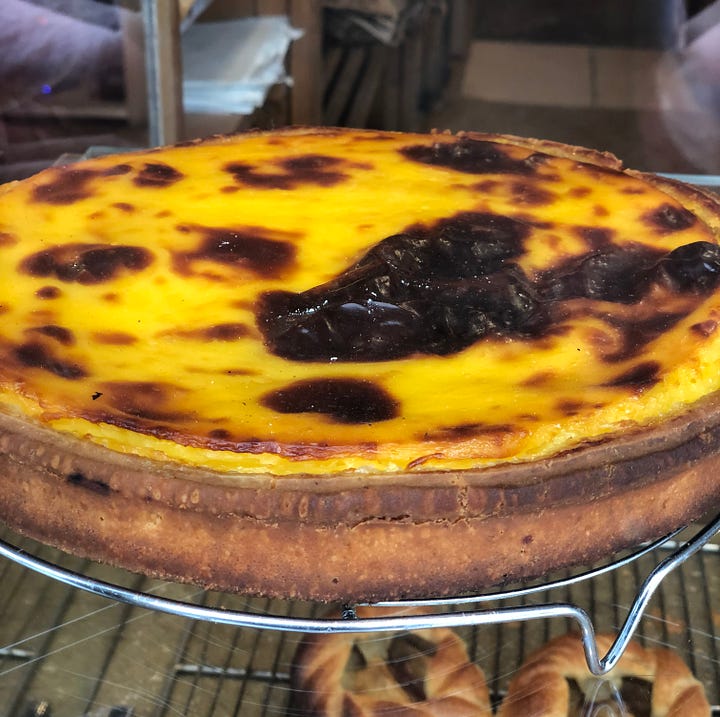
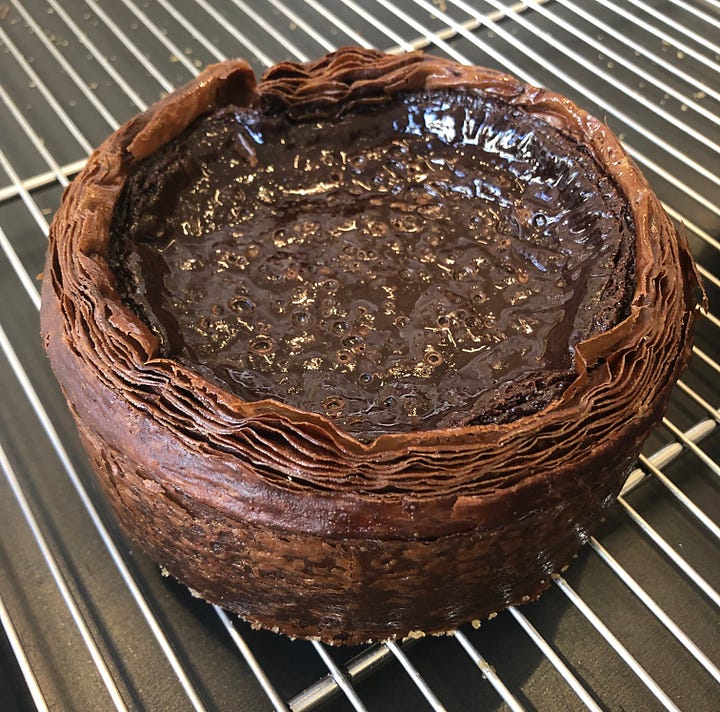
Parisian Flan
A Parisian Flan is a tall tart — its pastry is often puff or brisé, but it can be sweet — and its filling is a firm-ish, sliceable pastry cream, classically flavored with vanilla but, like all custards, this one’s open to variations puckish or popular. Most flans are baked until the custard’s top is dark. Really dark. Dark like a Basque Cheesecake, which might be a relative newcomer when measured against flan’s history: It looks like the first flan could have been made in England in the Middle Ages.
If when you hear the word flan, you think of a jiggly crème caramel, you’re not alone: I did, too. That flan is part of a big, happy family of crustless flans. The pretty crème caramel has a place in the clan, as does clafoutis, and Far Breton and flognarde. Ha! Writing this, I realized that I must be a true fan of flan, because I’ve got recipes for all of these.
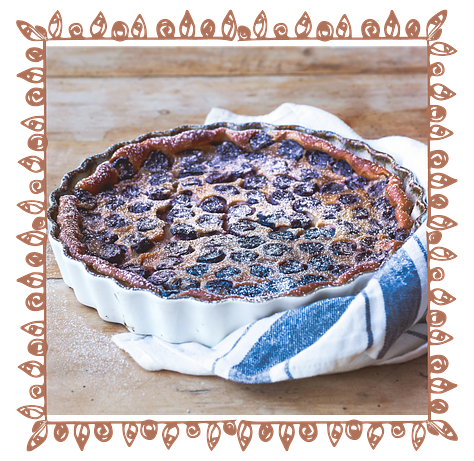
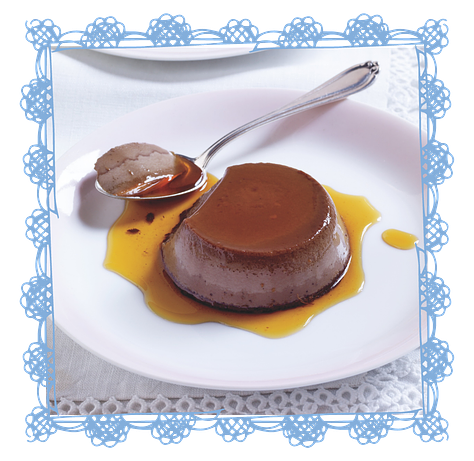
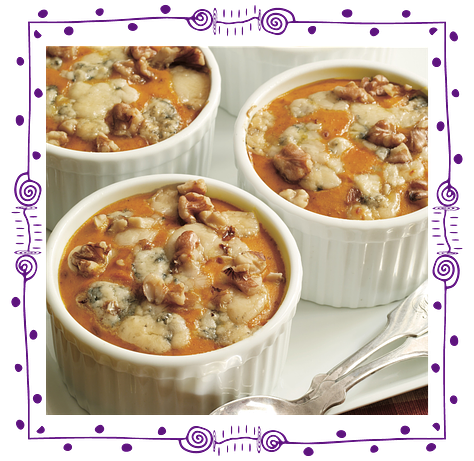
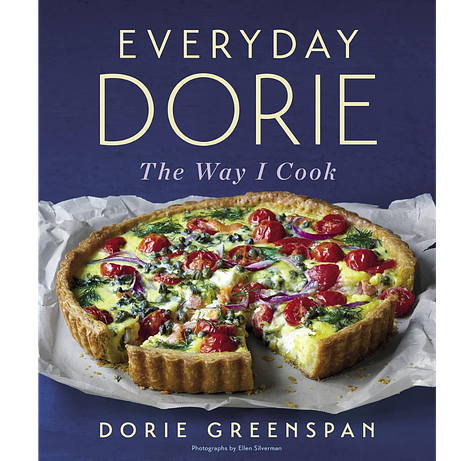
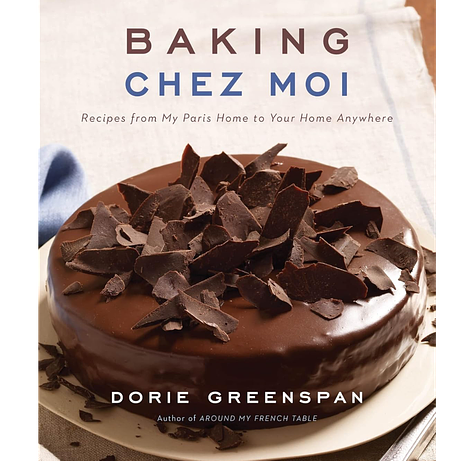
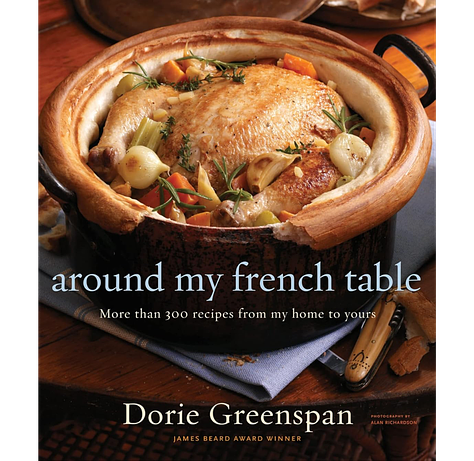
»»»Shop these titles at Bookshop.org here. Get Baking Chez Moi at Amazon«««
And if a pastel da nata looks like a mini Parisian flan to you, you’re good on that one too: the French and Portuguese tarts are siblings.
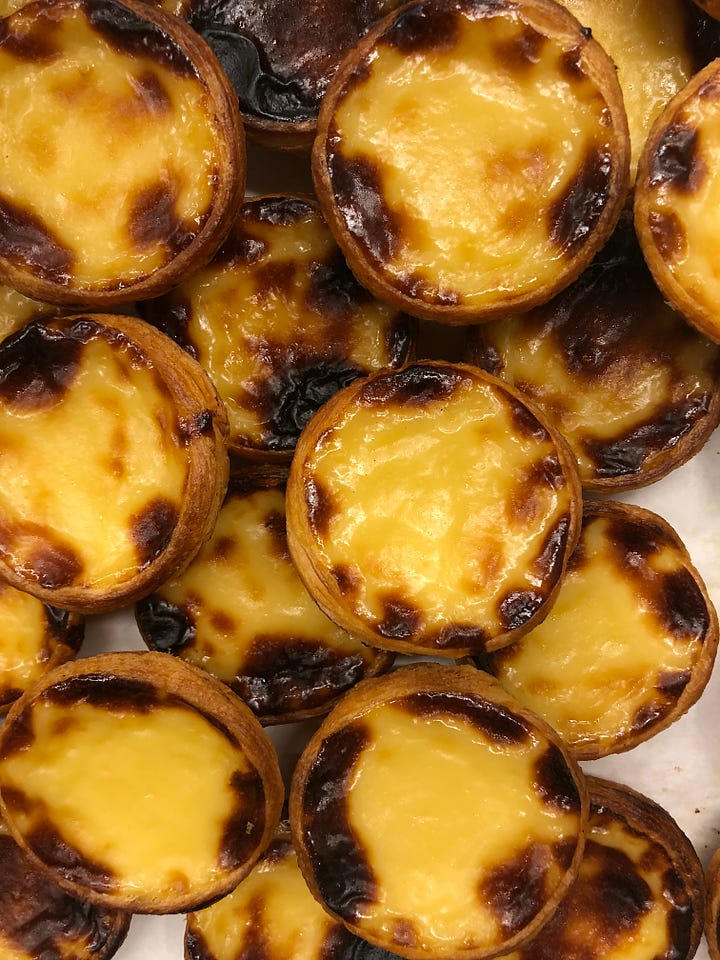
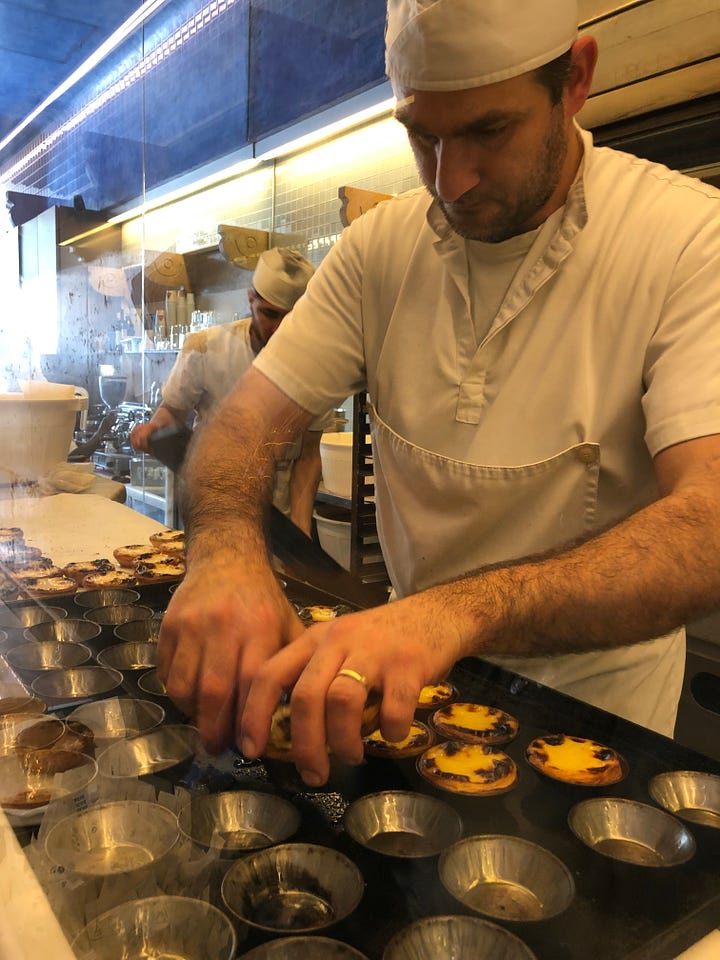
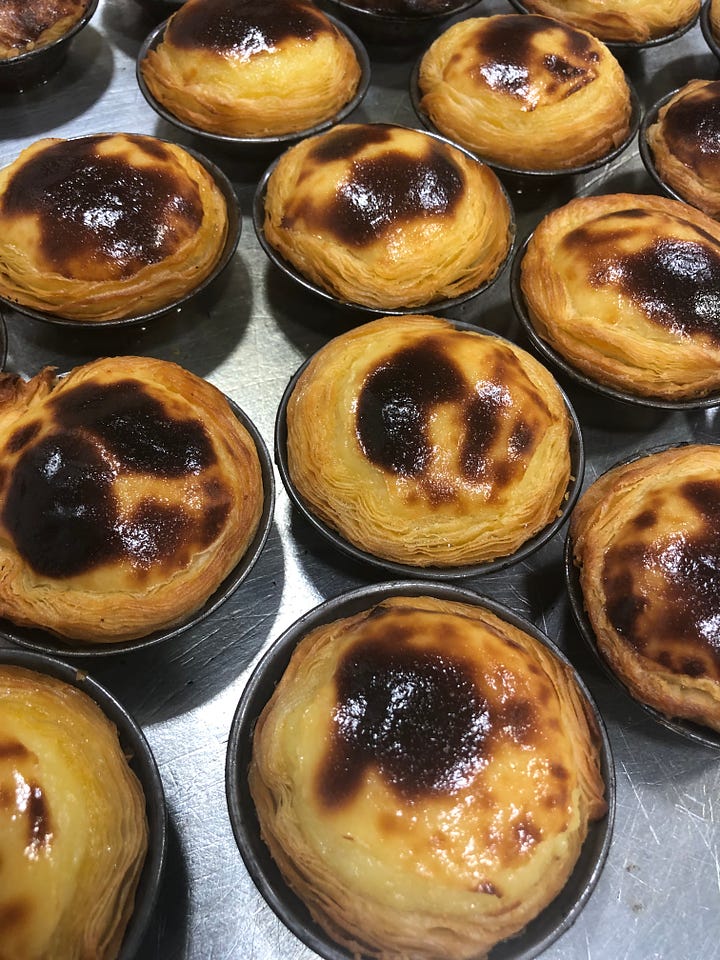
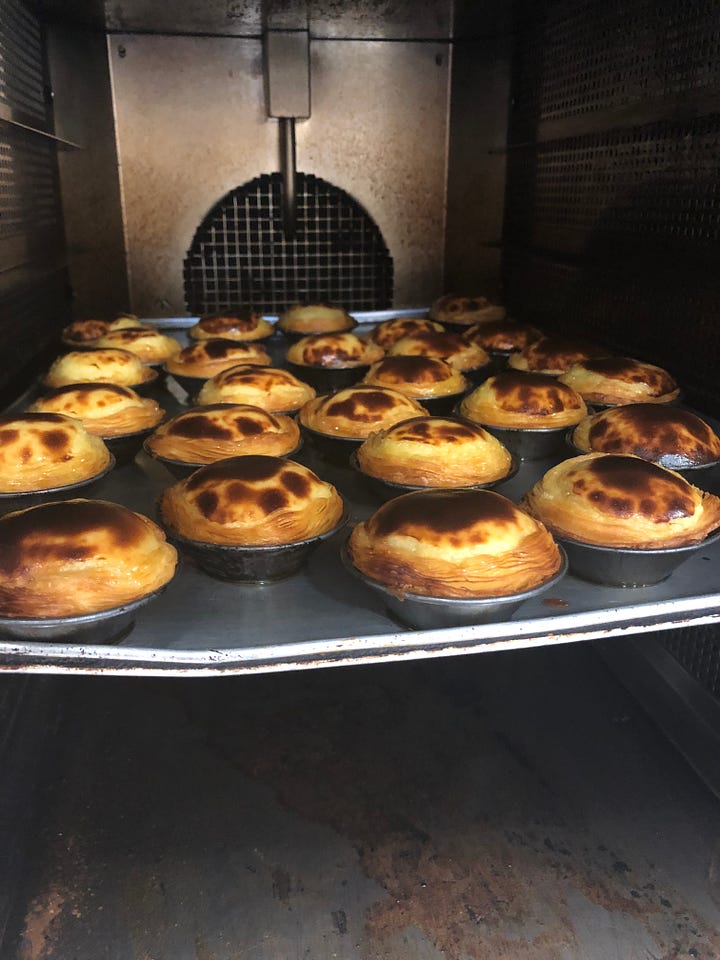
A flan is not what the French would call a gâteau du dimanche, or a Sunday cake — that kind of cake would have a frill or a fillip, frippery that goes against the grain of the proudly plain flan. I think that its simplicity is part of what makes it so beloved. It’s an afternoon snack for children — most shops sell hefty wedges of flan as well as the whole tart — a treat that can politely be eaten out of hand by grown-ups and so beloved that there are best-flan contests.
Mille et Un, a patisserie I love in Paris, won the 2023 competition for best flan. I’m also crazy about their black sesame flan, which might or might not have won an official contest, but wins hearts.
Make a Flan Chez You
Baking a flan at home is both easy and fun. Start with a storebought crust and it’s super-easy. And baking one with a friend is even more fun — I loved making my Parisian Flan in the La Cuisine Paris kitchen with Brian Hart Hoffman of Bake From Scratch. And we both loved cutting chunky slices and passing them around.
Parisian Flan may not be a “Sunday cake” but it’s awfully good for every other day. Even a Tuesday like today.
xoxoDorie is a reader-supported newsletter. Upgrade to pick up a spoon (or a slice), or click here to manage your subscription.
💬 Send us a message request via Substack chat if you need help with your membership.
👋 Say hello and share what you're making on Facebook and Instagram.
PARISIAN FLAN
Adapted from Baking with Dorie by Dorie Greenspan [Get at Amazon or Bookshop.org]
GOOD TO KNOW BEFORE YOU START
About the pan: A springform works best here. If you’ve got a cake ring — a metal circle with no bottom — use it. Put it on a lined baking sheet and then, when the flan is ready to be unmolded, just lift the ring up and away from the pastry. If you like this idea, but don’t have a cake (or entremet) ring, remove the bottom of the springform and turn the form upside down, so that the lip is at the top.
About the custard: I like to use warmer than traditional flavors in my flan, so I use some brown sugar (you can use all granulated if you’d like) and add some dark rum. If rum is not for you, add more vanilla.
About the puff pastry: Depending on what brand of puff pastry you buy, you may find yourself faced with a geometry problem: How do you roll a rectangular sheet of pastry into a round? The easiest way to deal with it is to roll the dough into a large square and then cut the dough into a circle. If you can find puff pastry that’s already rolled into a round, you’ll be on easy street.
About timing: The custard needs to chill before filling and baking the tart. Once baked, the tart has to cool and then be refrigerated for another hour or more. It’s ideal if you make it the day before—it really benefits from an overnight stay in the fridge.
Makes about 12 servings
INGREDIENTS
For the filling
3 cups (720 ml) milk
1/2 cup (120 ml) water
1/2 cup (100 grams) sugar
1/4 cup (50 grams) packed brown sugar
1/3 cup (43 grams) cornstarch
4 large eggs
2 tablespoons dark rum (or an additional 1 1/2 teaspoons pure vanilla extract)
1 tablespoon pure vanilla extract
For the pastry:
1 sheet puff pastry (at least 8 1/2 ounces; 240 grams), preferably all-butter, defrosted if necessary, or 1 recipe pâte brisée, pâte sucrée or pie dough rolled into a 12- to 13-inch round and chilled if necessary. You can find recipes for an all-purpose dough here, or a sweet dough here.
DIRECTIONS
To make the filling: Give a medium heavy-bottomed saucepan a quick rinse with cold water, but don’t dry the pan (this will help prevent the milk from scorching), then pour in the milk and water. Stir in half of the granulated sugar and bring just to a boil—keep an eye on it: Once the milk boils, it’s just a nanosecond before it bubbles over the pot and makes a mess. Remove the pan from the heat.
While the liquids are heating, whisk together the rest of the granulated sugar, the brown sugar and cornstarch in a large bowl. Add the eggs and whisk energetically to blend well. Put the bowl on a folded kitchen towel or a silicone potholder to anchor it. Whisking the sugar-egg mixture nonstop, drizzle in about one quarter of the hot liquid. Then, still whisking, pour in the rest in a steadier stream.
Rinse the saucepan (no need to be thorough) and pour the custard mixture into it. Set the pan over medium heat and, whisking without stopping and making sure that the whisk reaches every part of the pan, including the corners, cook the custard until the first bubble rises to the top and pops, at which point the custard will be noticeably thicker and your whisk will leave tracks. Lower the heat a bit and cook and stir for another minute or two, your insurance that the custard is sufficiently cooked and that the cornstarch won’t taste raw.
Scrape the custard into a clean bowl and stir in the rum, if you’re using it, and vanilla. Press a piece of plastic wrap against the surface and let the custard sit at room temperature for about 30 minutes; stir now and then if you’re around.
Put the bowl in the refrigerator and chill the custard for at least 1 hour. Better yet, let it get thoroughly cold. You can speed the process by placing the custard bowl in a larger bowl filled with ice cubes and cold water—come back to the bowl now and then to stir until it’s cold. (The custard can be refrigerated in an airtight container overnight.)
To make the crust: Butter a 9-inch springform pan (if your pan is 9 1/2 inches, that’s fine).
If you’re using puff pastry, roll it out into a round that’s 12 to 13 inches in diameter (see above); if you’re using tart dough, you’re all set. Using your hands or rolling the pastry up around your pin to make it easier, position the pastry over the pan. Gently ease it into the pan and press it against the bottom and up the sides. You’re aiming for the dough to come about 11/2 inches up the sides. If the edges are ragged and uneven, just leave them—they’ll get trimmed later. Put the pan in the refrigerator until ready to use; when the crust is firm, cover it tightly. If the edges are ragged and uneven, just leave them—they’ll get trimmed later. Put the pan in the refrigerator until ready to use; when the crust is firm, cover it tightly.
When you’re ready to bake: Center a rack in the oven and preheat it to 425 degrees F.
Remove the custard from the fridge and whisk it a bit to loosen it, then scrape it into the pastry-lined springform pan and smooth the top. Using a table knife, trim the dough so that it reaches just about 1/2 inch above the custard.
Bake the tart for 50 to 55 minutes, or until the top of the custard is dark, dark brown—if it looks black in places, that’s great and most authentic. It won’t be brown all over, though, and it might bubble and mound in places. If you get bubbles, you can prick them with the tip of a knife or just leave them.
Transfer the pan to a rack and wait for 5 minutes, then, if some of the custard has risen above the crust and stuck to the sides of the pan, run a table knife gently between the pan and the custard. Let the flan cool to room temperature, then cover it lightly and refrigerate it. It’s best if you can chill it overnight, but that’s not always convenient—give it as much time as you can.
When you’re ready to serve, remove the sides of the springform and if you’d like, lift the tart off the base and onto a serving platter (if it’s easier, leave it on the base). You can serve it cold, at room temperature or at any temp in between. Cut into wedges and serve with a fork . . . or don’t. When you’re having the tart as a snack, do as Parisians do: Eat it out of hand.
STORING: Covered tightly, the tart will keep for about 3 days in the fridge. Make sure to keep it away from foods with strong odors.
CHOCOLATE CRÈME CARAMEL
Adapted from Baking Chez Moi by Dorie Greenspan [Get at Amazon]
Keep reading with a 7-day free trial
Subscribe to xoxoDorie Newsletter to keep reading this post and get 7 days of free access to the full post archives.


